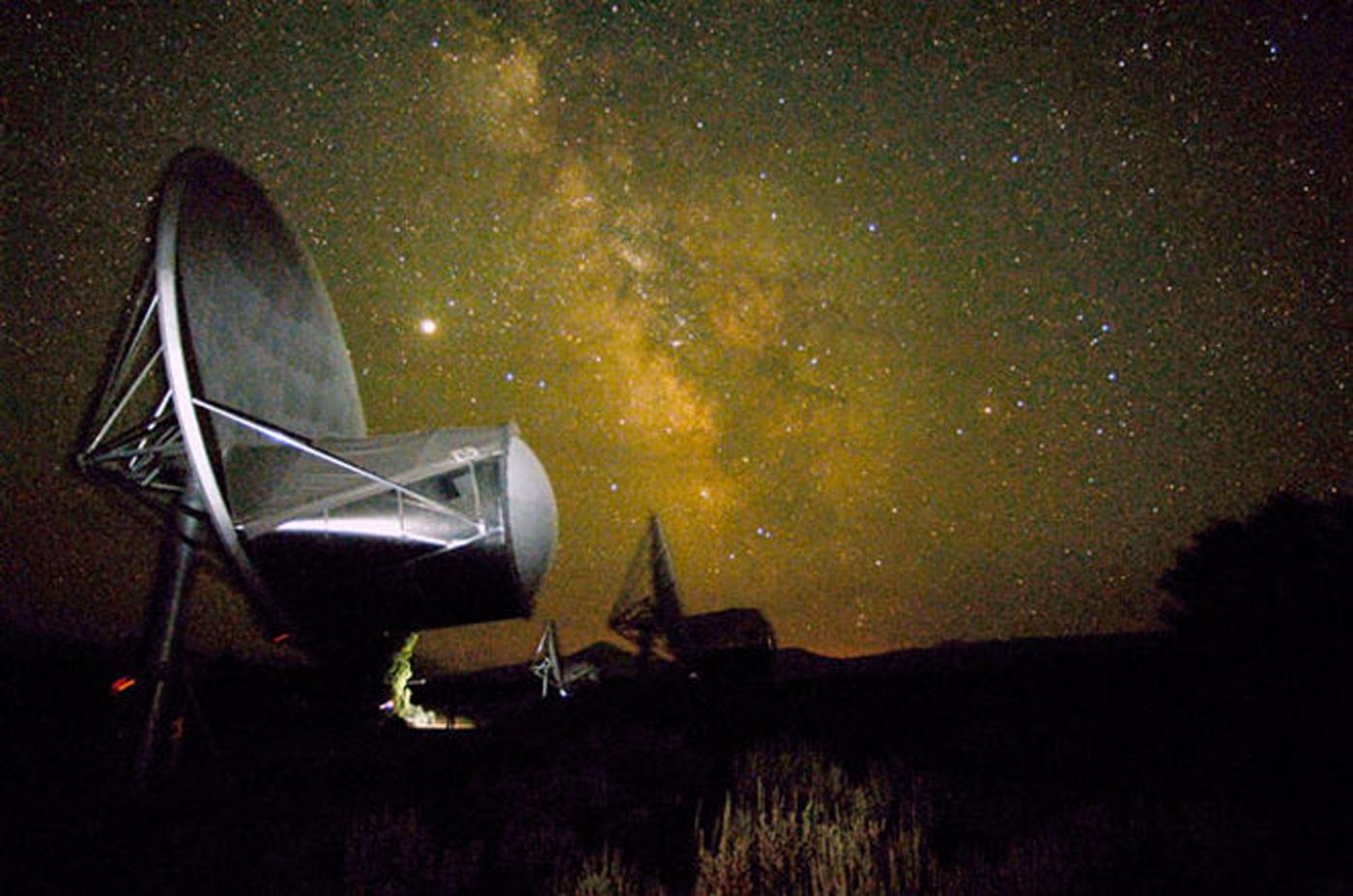Big Data technology and machine learning could have a big impact on the search for E.T.

What sort of signals do you expect to find?
That’s a frequent question posed to SETI scientists as they swing their antennas in the directions of nearby star systems. Their answer is (and has long been) “a narrow-band signal” – a broadcast that has at least some components that are localized to one spot on the radio dial.
As far as we know, Nature doesn’t produce narrow-band radio signals, although most terrestrial broadcasts (including TV and radar) do. But what if the aliens use a different transmission strategy? The equipment deployed at the Allen Telescope Array, comprised of custom hardware and software, could be missing their call.
Enter the possibilities now offered by “big data” analyses. For the last year, IBM has been testing its Apache Spark analytics system on samples of our ATA data, with the goal of developing new approaches to searching for non-terrestrial signals.
The advantages would be considerable. By looking for a wider range of signals, this big data approach, combined with smart, machine learning software, could not only uncover transmissions that might otherwise be missed, but might diminish the need to develop specialized signal detection hardware in the future.
Big data analytics, in other words, could very well be the technology that will allow SETI to advance from having to search “under the streetlamp” to looking elsewhere too.
IBM has issued a press release about the Apache Spark system that you can read here.





